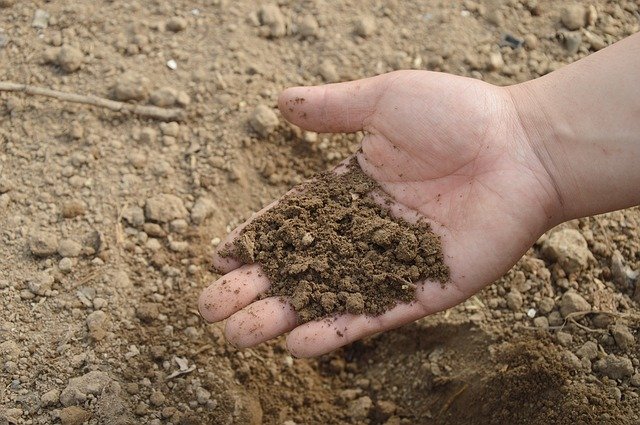INTRODUCTION
SOIL SAMPLING
It is defined as the process of taking soil in a certain portion to perform testing. Soil sampling is performed to test or analyze soil quality that includes a wide range of soil areas. There are many reasons for performing soil analysis. Soil sampling is conducted to determine the soil health, availability of plant nutrients, and need for fertilizers in soil for crop production.
You might also wish to read: Soil Erosion and Degradation – Causes, Effects, and Solutions.
SOIL SAMPLING TECHNIQUES
Soil sampling techniques evaluate the nutrient status of any field being subjected to sampling. It is recommended to have a better understanding of soil sampling techniques.
1. Random Sampling: Random sampling is performed on uniform fields. In this soil sampling technique, a global positioning system is used to keep a record of soil nutrient data. The procedure can be used repeatedly for years over the same random points that are georeferenced with GPS.
2. Grid Sampling: Prior knowledge of soil will help in grid sampling. It evaluates the distribution of nutrients throughout the field. In grid sampling, soil samples are collected from equal distances in a field. This technique prevents biased results.
3. Zone Sampling: It is used to understand the fertility of the soil. Zone sampling is a soil sampling technique in which soil is divided into different zones. It is not like grid sampling. Zone sampling is based on soil features, crop characteristics, and soil properties.
Also check out Sustainable Agriculture Practices and their Advantages.
WATER SAMPLING
It is defined as a way of collecting water from different water levels for testing or analysis. Water sampling is performed to test or analyze water quality that includes taking water samples from different water bodies. Water sampling is conducted to determine the level of contaminants, pollutants, water quality standards, etc. It includes sampling river water, intrusive water, drinking water, etc.
Also read: Water pollution– Sources, Effects, and Control

WATER SAMPLING TECHNIQUES
Water sampling techniques evaluate the water quality standards. It also describes water contamination level and other biological properties.
1. Random Sampling: In a random sampling the water body is divided into grids horizontally and vertically depending upon the depth. Random points are selected for water sampling.
2. Systematic Sampling: The water body is divided into grids. Within grids, the samples are collected from points with an equal distance.
3. Haphazard Sampling: This is preferable for a homogenous system. Random points are selected and samples are collected.
4. Stratified Random Sampling: In this technique, the water body is divided into different strata according to former and later use of the area, nature of contaminants, etc. The strata are then subjected to further sampling techniques.
5. Judgmental Sampling: It involves the prior knowledge of the water body being subjected to analysis. It involves field observation. The samples are collected from various points according to the probability of contaminants distribution.
CONCLUSION
Soil and water sampling techniques have great importance in the field of environmental science. These techniques are followed in order to evaluate the physical, chemical, and biological properties of the substance that is being analyzed. Different types of equipment are used for sampling techniques. Furthermore, collection, storage, and transportation system for water and soil sampling techniques vary accordingly.
You might also like: Biodynamic Farming Benefits and Importance for Environment
I hope you all liked this post! Please comment below if you have any suggestions, comments, or feedback! We at #envpk love hearing from our readers! Thanks!




